When you think of Australia’s iconic wildlife, kangaroos and koalas probably steal the spotlight. But let’s talk about a lesser-known gem: the wombat. These stocky, burrowing marsupials might not win beauty contests, but they’ve got personality, grit, and some downright quirky traits that make them stand out in the animal kingdom. Imagine a creature that looks like a cuddly teddy bear but behaves like a grumpy construction worker with a penchant for digging. Intrigued? Let’s dive into the wild world of wombats.
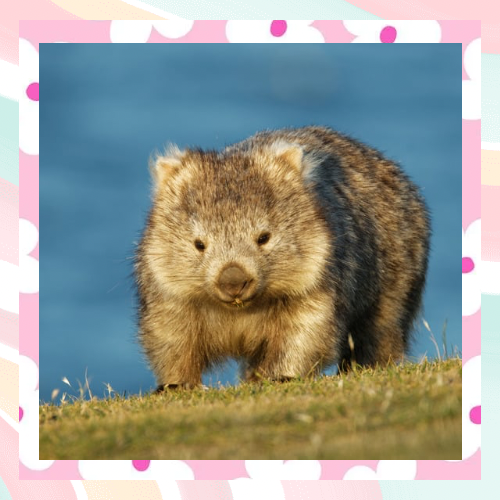
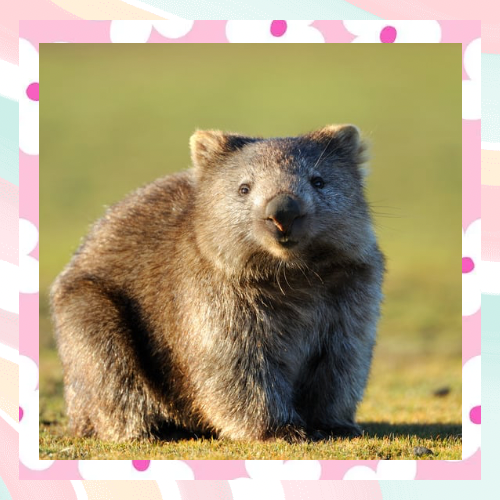
Meet the Wombat: A Furry Tank with Attitude
Wombats are native to Australia and Tasmania, and there are three species to know: the common wombat (Vombatus ursinus), the southern hairy-nosed wombat (Lasiorhinus latifrons), and the northern hairy-nosed wombat (Lasiorhinus krefftii). The common wombat is, well, the most common, while the northern hairy-nosed variety is critically endangered—fewer than 300 remain in the wild, making it one of the rarest land mammals on Earth.
These critters are built like little tanks. Adults typically weigh between 40 and 80 pounds (18-36 kg) and stretch about 3 feet (1 meter) long. Their short, muscular legs and broad heads give them a low-to-the-ground, bulldozer vibe. And that fur? It ranges from coarse and bristly in the common wombat to soft and fuzzy in the hairy-nosed species—hence the name. But don’t let their stumpy tails and beady eyes fool you; wombats are tough as nails.
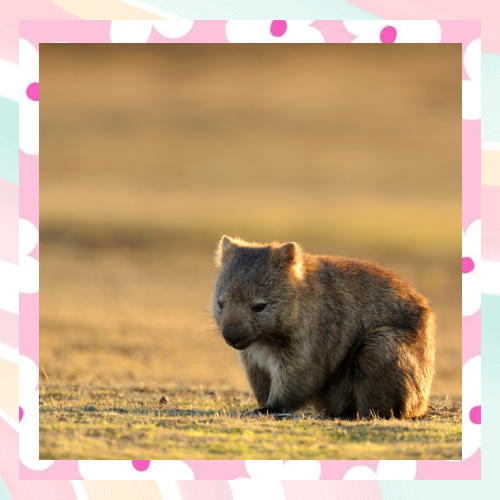
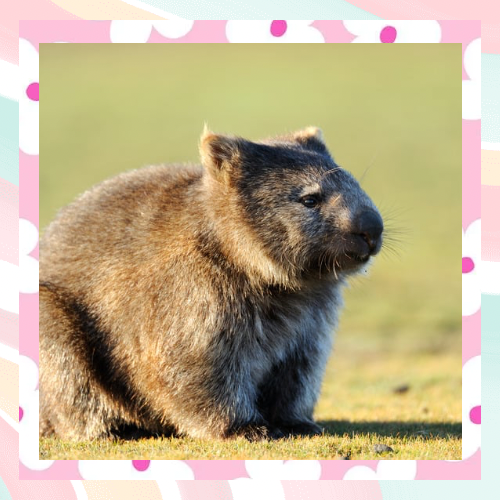
Digging Deep: Masters of the Underground
If wombats had a resumé, “expert excavator” would top the list. These marsupials are born to burrow, using their strong claws and rodent-like front teeth to carve out elaborate tunnel systems. A single wombat can dig a burrow stretching over 60 feet (18 meters) with multiple entrances, chambers, and even side tunnels. They’re the architects of the outback, and their homes aren’t just for show—they provide shelter from predators, bushfires, and scorching heat.
Fun Fact:
Wombats are so good at digging that their burrows sometimes undermine roads or farmland, earning them a reputation as accidental troublemakers. Farmers might grumble, but ecologists love them—wombat burrows create habitats for other species, like lizards, birds, and even rabbits looking for a free ride.
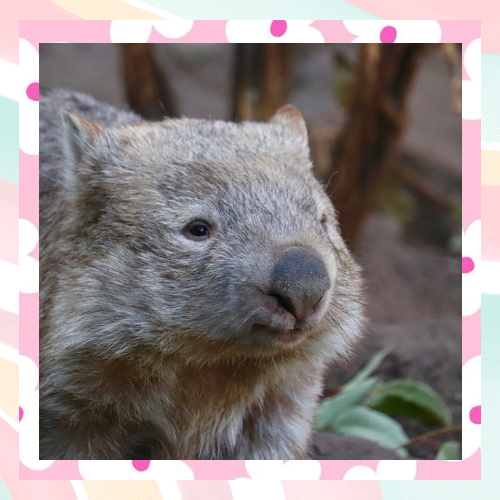
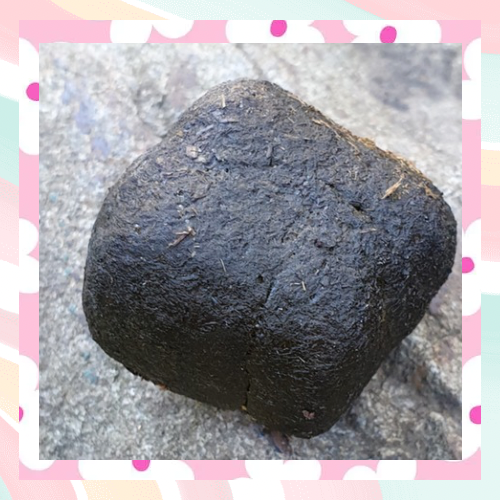
Cube-Shaped Poop and Other Party Tricks
Now, let’s get to the weird stuff—wombat poop. Yes, you read that right. Wombats produce cube-shaped droppings, and no, it’s not a glitch in nature’s design. Scientists believe this oddity helps them mark their territory without the poop rolling away on uneven terrain. How do they do it? It’s all about their slow digestion (up to 14 days!) and a uniquely elastic lower intestine that molds the waste into perfect little blocks. Picture this: a wombat waddling around, dropping up to 100 cubes a night like a Lego enthusiast on a mission. It’s bizarre, brilliant, and totally wombat.
Another quirky trait? Their butts are weaponized. Wombats have a thick, cartilaginous plate in their rear ends, which they use as a defense mechanism. If a predator—like a dingo or Tasmanian devil—tries to enter their burrow, the wombat will back up and crush the intruder’s head against the tunnel roof. It’s not pretty, but it’s effective. Call it the ultimate “back off” move.
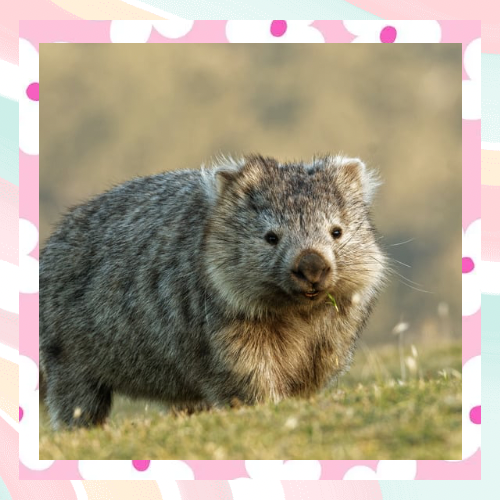
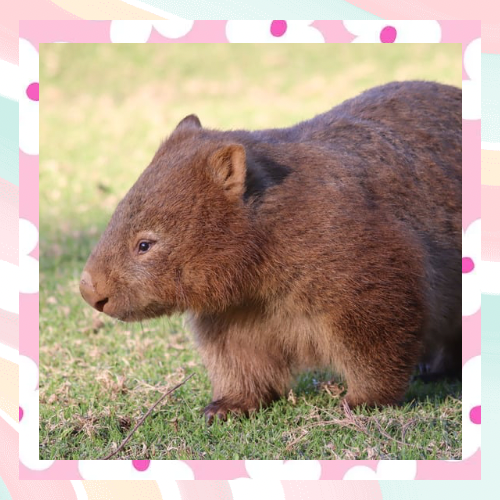
Nighttime Nomads with a Vegetarian Twist
Wombats are nocturnal, emerging at dusk to munch on grasses, roots, and bark. Their teeth never stop growing, which is handy since their diet is tough and fibrous—think of it as nature’s dental plan. They’ve got a slow metabolism, so they don’t need much water, extracting most of it from their food. In dry spells, they can go weeks without a drink, making them survivors in Australia’s harsh landscapes.
Despite their grumpy reputation, wombats aren’t antisocial. They’ll share burrows with others of their kind, though they’re not above a little squabbling over prime real estate. And while they’re not speed demons—topping out at 25 mph (40 kph) in short bursts—they can outrun a human over a short distance. So, if a wombat’s chasing you, good luck!
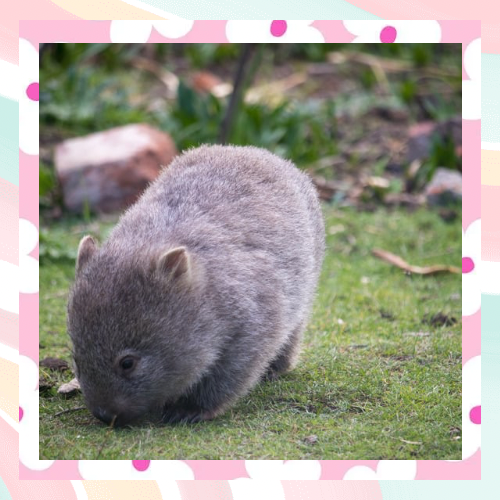
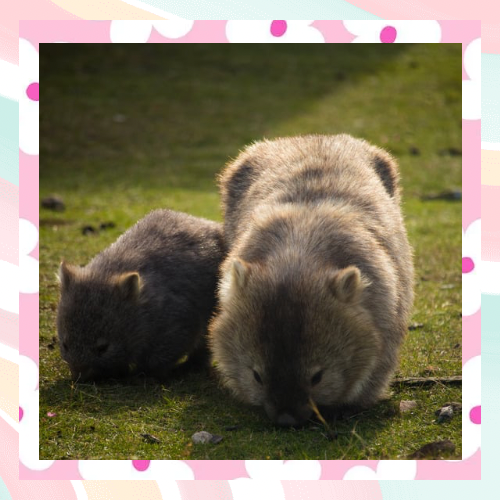
Fun Facts to Impress Your Friends
- Backward Babies: Like all marsupials, wombats have a pouch, but it faces backward. Why? To keep dirt out while they dig. The joey stays in there for about six months before venturing out.
- Ancient Relatives: Wombats are distant cousins to the extinct Diprotodon, a prehistoric beast the size of a rhinoceros that roamed Australia 1.6 million years ago.
- “Snaccidentally” Cute: Baby wombats, called joeys, are adorably clumsy and often orphaned due to car accidents. Wildlife rescuers in Australia frequently hand-raise them—cue the “aww”s.
- Smell Scouts: Wombats have an excellent sense of smell, sniffing out food and foes from yards away, even underground.
Conservation: A Wombat’s Fight for Survival
While common wombats are doing fine, their hairy-nosed relatives aren’t so lucky. Habitat loss, competition with livestock, and climate change threaten their numbers. The northern hairy-nosed wombat’s population is so small it’s confined to a single protected reserve in Queensland, where conservationists work tirelessly to keep them alive. Sarcoptic mange, a nasty skin disease spread by mites, also plagues wombats, especially in Tasmania. Efforts to save them include burrow monitoring, predator control, and even poop surveys—yes, those cubes are a goldmine for researchers.
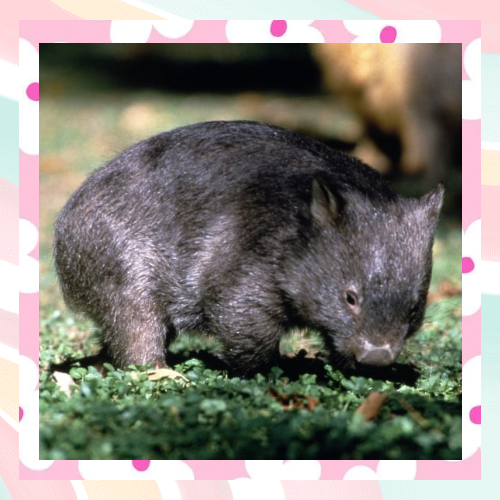
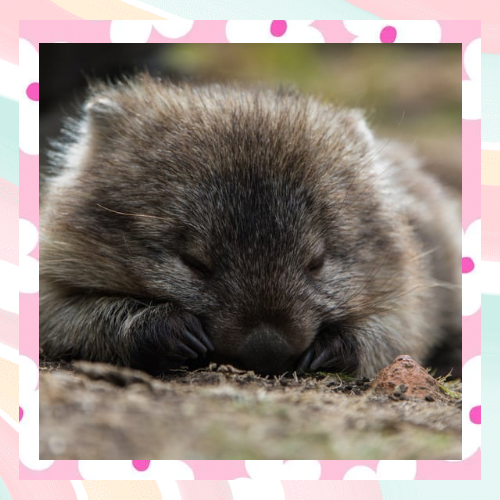
Why Wombats Matter
Wombats might not hop like kangaroos or cuddle like koalas, but they’re unsung heroes of their ecosystems. Their digging aerates soil, recycles nutrients, and provides homes for other critters. Plus, they’ve got a stubborn charm that’s hard to resist. Next time you’re in Australia, keep an eye out for a wombat—or at least a cube of poop. They’re proof that nature loves a good underdog.
So, here’s to the wombat: part teddy bear, part bulldozer, and 100% Australian legend. Who knew something so unassuming could leave such a big mark—literally and figuratively?
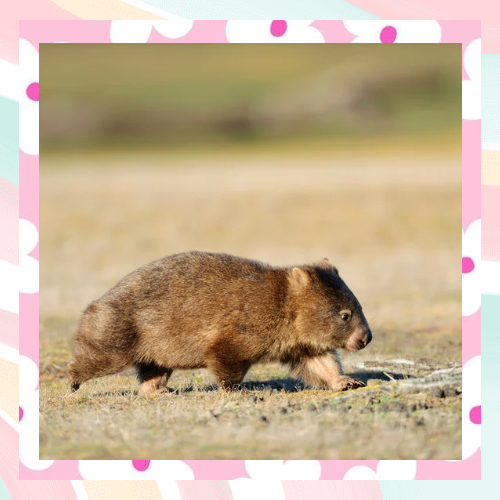
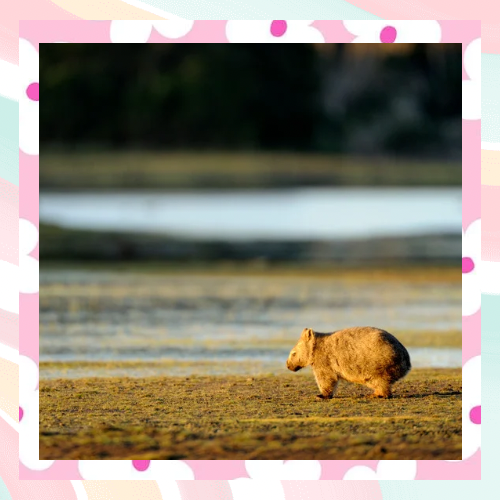
References
The Distinctive Biology and Characteristics of the Bare-Nosed Wombat
(Vombatus ursinus). https://www.annualreviews.org/docserver/fulltext/animal/12/1/annurev-animal-021022-042133.pdf?expires=1744772540&id=id&accname=guest&checksum=D6ABA4D4D4A9C18D5CE1B02E4B54FDC3
Do bare-nosed wombat (Vombatus ursinus) mounds influence terrestrial macroinvertebrate assemblages in agricultural riparian zones?. https://www.researchgate.net/publication/248902520_Do_bare-nosed_wombat_Vombatus_ursinus_mounds_influence_terrestrial_macroinvertebrate_assemblages_in_agricultural_riparian_zones
Tyndale-Biscoe, H. (2005). Life of Marsupials. CSIRO Publishing. https://www.researchgate.net/publication/226394734_Life_of_Marsupials_By_Hugh_Tyndale-Biscoe_Collingwood_Victoria_Australia_CSIRO_Publishing_2005_442_pp_Au8995_hardback_ISBN_0-643-06257-2
Australian Government Department of Agriculture, Water and the Environment. “Northern Hairy-Nosed Wombat Recovery Plan.” (Accessed 2025). https://www.dcceew.gov.au/sites/default/files/documents/l-krefftii.pdf
Wombats Poop Cubes, and Scientists Finally Got to the Bottom of It. https://www.smithsonianmag.com/smart-news/scientists-have-solved-mystery-how-wombats-poop-cubes


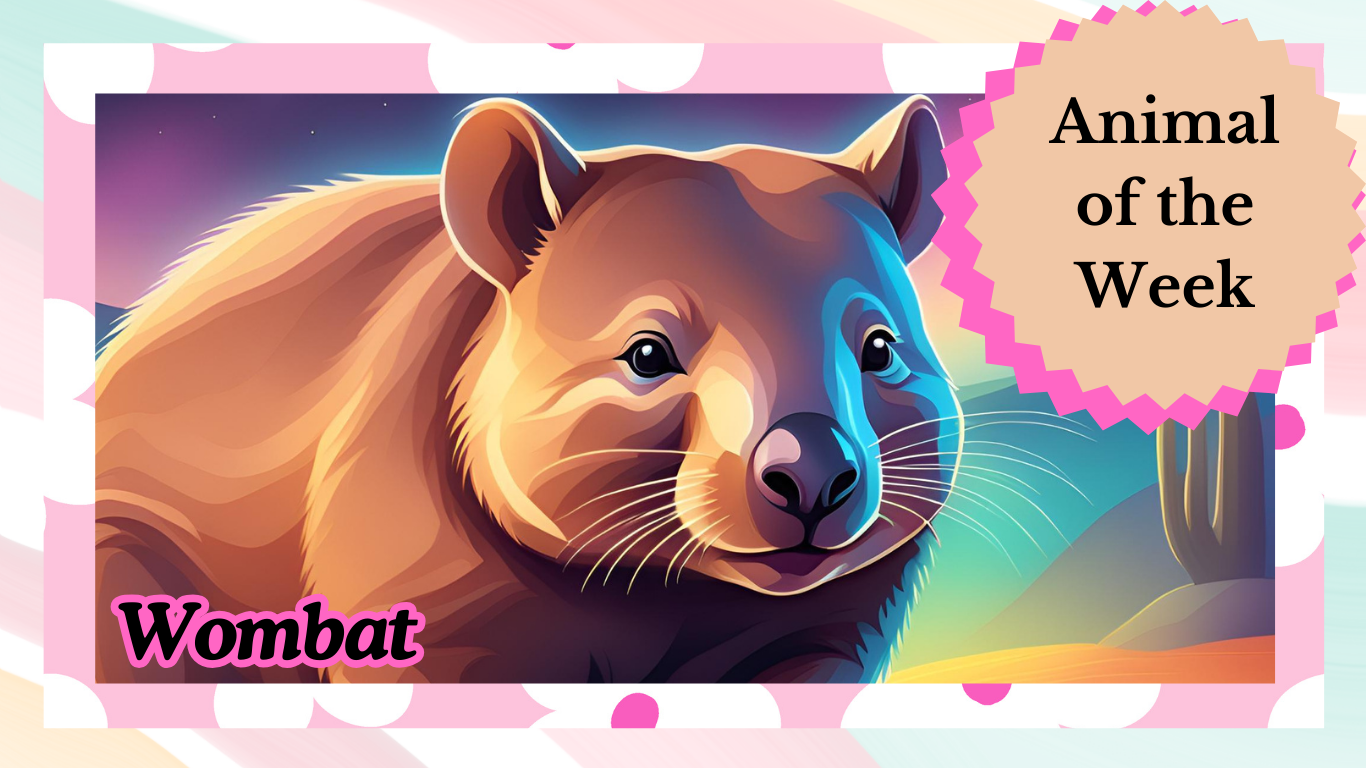


Well-written and informative. I appreciate the depth of your analysis.
Very informative post, thank you for sharing!
Such a useful guide. Bookmarking this for later!
Great perspective. I hadn’t thought about it that way!
Thanks for breaking this down so simply!
Your content never disappoints. Keep it up!
Hello there! I could have sworn I’ve been to this website before but after checking through some of the post I realized it’s
new to me. Anyhow, I’m definitely delighted I found
it and I’ll be bookmarking and checking back frequently!
Short but packed with value. Love it!
Can’t wait to read more posts like this. Subscribed!
Great post! I really enjoyed reading this and learned a lot. Thanks for sharing!
This is exactly what I was looking for—thanks for the helpful tips!
Very well written. Looking forward to more posts like this!
Interesting perspective! It gave me a new way of thinking about this topic.
Thanks for the valuable information. It was easy to understand and super useful.
I love how you explained this so clearly. Subscribed for more!
This post really resonated with me. Appreciate your honesty and insights.